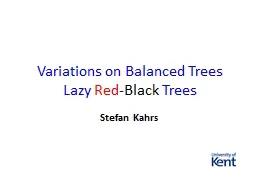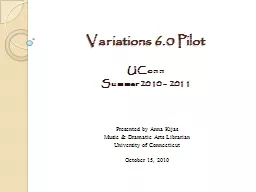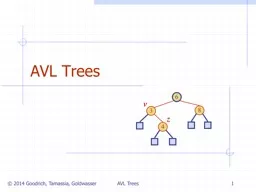PPT-Variations on Balanced Trees
Author : ellena-manuel | Published Date : 2015-09-25
Lazy Red Black Trees Stefan Kahrs Overview some general introduction on BSTs some specific observations on redblack trees how we can make them lazy and why we
Presentation Embed Code
Download Presentation
Download Presentation The PPT/PDF document "Variations on Balanced Trees" is the property of its rightful owner. Permission is granted to download and print the materials on this website for personal, non-commercial use only, and to display it on your personal computer provided you do not modify the materials and that you retain all copyright notices contained in the materials. By downloading content from our website, you accept the terms of this agreement.
Variations on Balanced Trees: Transcript
Download Rules Of Document
"Variations on Balanced Trees"The content belongs to its owner. You may download and print it for personal use, without modification, and keep all copyright notices. By downloading, you agree to these terms.
Related Documents














